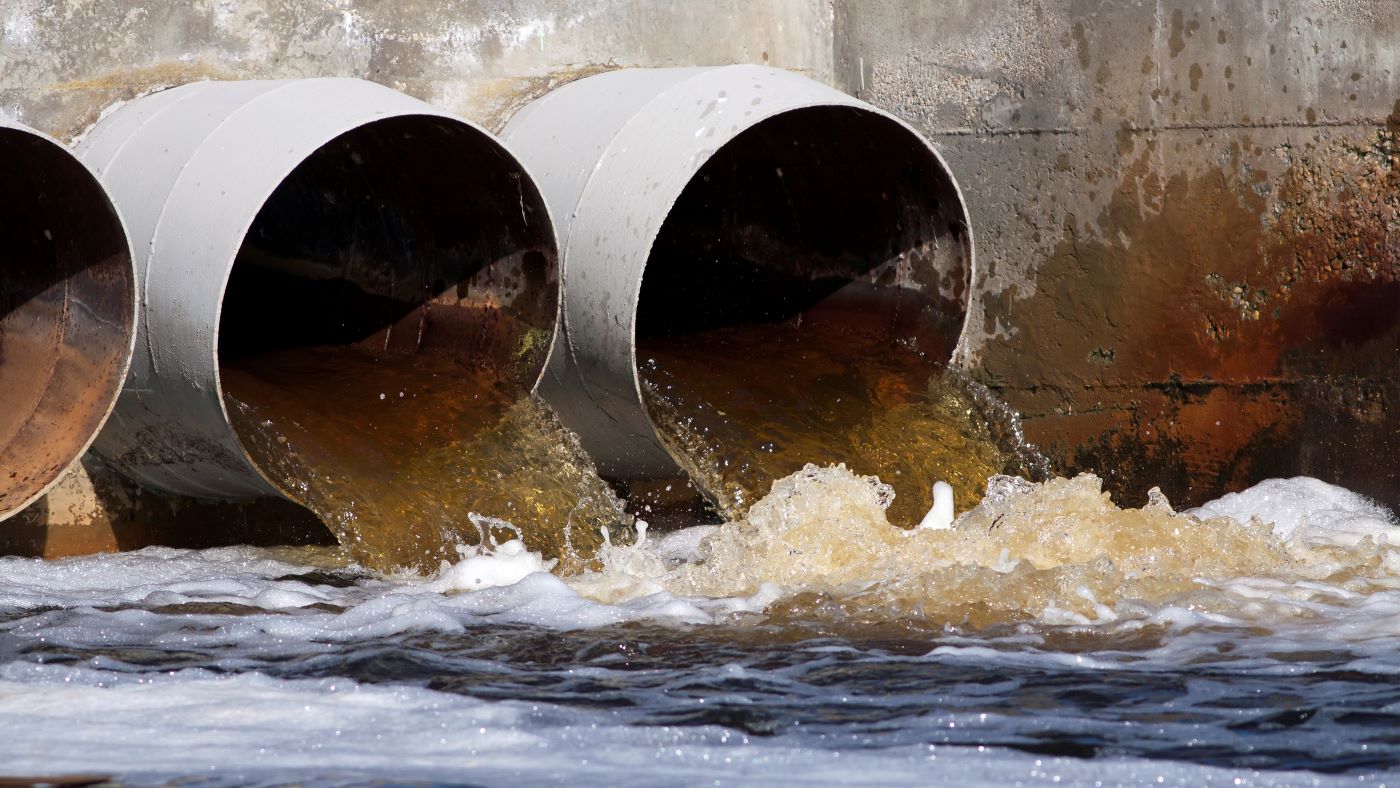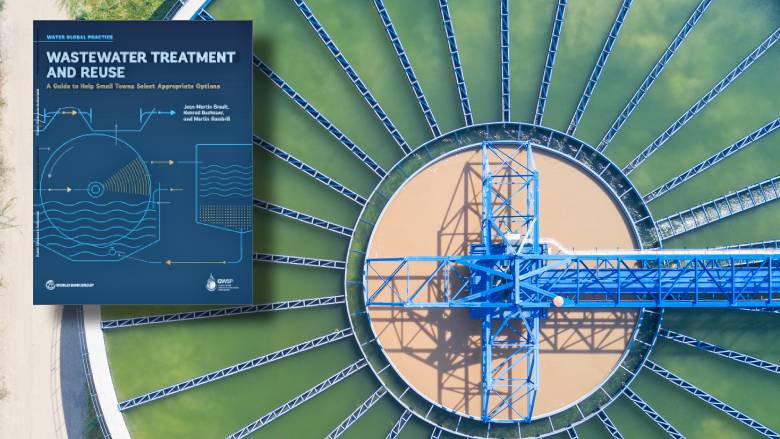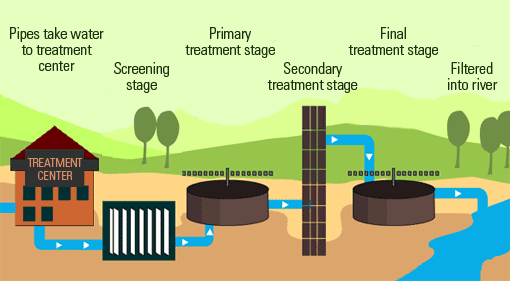Comprehensive Guide to Hazardous Waste Water Treatment Procedures
Comprehensive Guide to Hazardous Waste Water Treatment Procedures
Blog Article
Strategic Approaches to Enhance Drainage Therapy Effectiveness and Reduce Ecological Influence
In the world of waste water treatment, the pursuit for improved effectiveness and decreased environmental impact is a perpetual challenge that demands critical solutions. The combination of sophisticated therapy innovations, energy-efficient processes, source recovery methods, improved nutrient removal strategies, and wise monitoring and control systems represents a multifaceted structure for resolving these pressing problems.
Advanced Therapy Technologies
Sophisticated membrane layer filtration systems have actually revolutionized sophisticated wastewater treatment procedures, substantially enhancing the elimination of impurities. This innovation has actually proven to be highly reliable in removing a broad variety of contaminants, consisting of pharmaceuticals, heavy steels, and organic compounds, which are typically challenging to get rid of via conventional therapy techniques.
Furthermore, membrane layer purification systems supply numerous benefits over traditional therapy techniques. In addition, these systems are highly versatile and can be conveniently integrated into existing treatment plants or used as standalone systems for decentralized applications.
Energy-Efficient Processes
The integration of energy-efficient processes in wastewater therapy systems is vital for enhancing resource usage and reducing operational costs. By carrying out energy-efficient innovations, therapy plants can considerably reduce their carbon impact and total ecological influence. One essential strategy to improving power performance in wastewater therapy is the use of innovative oygenation systems, such as fine bubble diffusers or surface area aerators, which can boost oxygen transfer efficiency and minimize power consumption. In addition, incorporating power recovery systems, like anaerobic food digestion for biogas production or making use of excess warmth for thermal procedures, can assist balance out power demands and advertise sustainability.
Furthermore, enhancing procedure control and automation via using innovative sensing units and keeping track of systems can boost overall energy efficiency by changing procedures in real-time based upon real demand and conditions. Implementing power audits and frequently keeping track of power performance indications are important practices to recognize locations for renovation and track energy-saving initiatives successfully. On the whole, the adoption of energy-efficient processes in wastewater treatment not just profits the environment however additionally adds to long-lasting expense savings and operational sustainability.
Source Healing Approaches
With a concentrate on optimizing resource utilization and sustainability in wastewater therapy systems, the implementation of resource recuperation approaches arises as a critical element in boosting operational effectiveness. Source recovery approaches in wastewater therapy entail the recognition and removal of valuable sources from the waste stream, thereby transforming what was once thought about waste into a useful property. By applying resource healing strategies such as nutrient removal and healing, energy generation from organic issue, and the manufacturing of reusable water, wastewater treatment plants can minimize environmental impact while maximizing efficiency.

Improved Nutrient Elimination Techniques
Carrying out sophisticated nutrient elimination strategies is important for optimizing the effectiveness of wastewater treatment systems. Boosted nutrient removal plays a critical see role in lessening the environmental effect of treated effluent released into water bodies. One of the key methods made use of for improved nutrient removal is the procedure of organic nutrient removal (BNR), which involves the elimination of nitrogen and phosphorus learn the facts here now via organic procedures. This can be achieved via making use of specialized microorganisms that can transform nitrogen compounds right into inert nitrogen gas through denitrification, and build up phosphorus within their cells through a process called boosted biological phosphorus removal (EBPR)

Along with BNR, advanced treatment methods such as membrane bioreactors (MBRs) and constructed wetlands can additionally be employed to improve nutrient removal efficiency. MBRs make use of membrane layers to attain high-quality effluent standards by successfully removing nutrients and put on hold solids. Created wetlands imitate natural marsh processes to get rid of nutrients via plant uptake, microbial activity, and sedimentation. By incorporating these sophisticated nutrient removal strategies right into wastewater therapy systems, districts and markets can effectively lower nutrient air pollution and protect the atmosphere.
Smart Tracking and Control Systems
Using sophisticated innovation, the integration of smart surveillance and control systems reinvents the functional efficiency of wastewater treatment centers. These systems include innovative sensing units and data analytics to constantly check key criteria such as pH degrees, turbidity, dissolved oxygen, and flow rates in real-time. By accumulating and assessing this information, operators can gain important insights into the efficiency of the treatment procedures, allowing proactive changes to optimize therapy performance.
Smart surveillance and control systems additionally sustain remote surveillance abilities, enabling operators to accessibility real-time information and control features from off-site areas. This remote accessibility improves operational flexibility and responsiveness, making it possible for swift treatments Check Out Your URL in case of system malfunctions or changes in influent high quality. Furthermore, the anticipating upkeep abilities of these systems help avoid equipment failures and decrease downtime, eventually improving the total reliability of wastewater therapy operations (Waste Water Treatment).
Conclusion
Finally, tactical approaches such as sophisticated therapy technologies, energy-efficient processes, source recovery approaches, boosted nutrient removal strategies, and wise surveillance and control systems play an important duty in enhancing wastewater therapy effectiveness and minimizing ecological effect. By applying these methods, wastewater therapy plants can boost their total performance, minimize energy intake, recover valuable resources, and make certain conformity with environmental regulations. These techniques are crucial for lasting and effective wastewater monitoring techniques.

In verdict, calculated strategies such as innovative treatment innovations, energy-efficient processes, source healing techniques, improved nutrient elimination methods, and smart monitoring and control systems play an important role in enhancing wastewater treatment performance and minimizing ecological effect.
Report this page